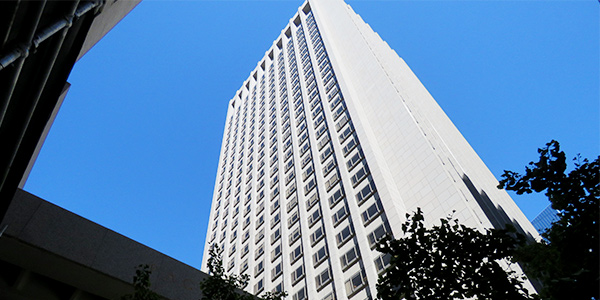By Robert Mullin
A notable group of claimants has added its voice to the growing chorus of parties asking a federal judge to end Pacific Gas and Electric’s exclusive right to offer a plan for emerging from bankruptcy.
On Tuesday, the Official Committee of Unsecured Creditors of PG&E filed in support of a motion urging the U.S. Bankruptcy Court in San Francisco to terminate PG&E’s so-called “exclusivity period” and open the utility’s Chapter 11 proceeding to alternative plans.
“Competing plans proposed by diverse stakeholders have created strong positive momentum, which is vital for a successful resolution of PG&E’s bankruptcy cases,” the Official Committee of Unsecured Creditors of PG&E said in a statement accompanying its filing supporting the motion. “Ending the exclusivity period would foster competition among plans and will generate improvements in both plans.”
The committee was appointed by the bankruptcy court to represent the interests of organizations with unsecured credit claims against the utility and its parent company, PG&E Corp. Its members include the International Brotherhood of Electrical Workers, Pension Benefit Guaranty Corporation, NextEra Energy, Deutsche Bank, Davey Tree and others.
PG&E last month asked Judge Dennis Montali to extend its window of exclusivity from late November to late January, arguing it has made a good-faith effort to resolve one of the biggest bankruptcies in U.S. history.
In its current — and incomplete — form, PG&E’s reorganization plan proposes using $14 billion in new equity financing to pay off wildfire claims and emerge from bankruptcy by June, in time to take advantage of a new $21 billion wildfire recovery fund established by the California State Legislature. The plan would provide a capped trust of $8.4 billion for fire victims in addition to the $11 billion for subrogation claims.
The motion to end exclusivity was submitted by an “ad hoc group” (AHG) of bondholders who hold about $10 billion in unsecured PG&E debt. They’ve proposed a competing reorganization plan that would provide them control over the utility, injecting more than $30 billion in liquidity, including about $18.4 billion for fire victims. (See Judge Weighs Competing PG&E Bankruptcy Plans.) That plan has been endorsed by the Tort Claimants Committee (TCC), the court-appointed group representing victims of wildfires sparked by PG&E equipment.
While the unsecured creditor group stopped short of outright endorsement of the bondholder proposal, it did laud the plan and call it “a significant step forward.”
“For the first time, a plan is being proposed that pays all unsecured claims, including wildfire claims, in full, is supported by the TCC, a fiduciary for all wildfire claimants, and is backed by evidence of substantial committed financing,” the creditor committee said in its filing.
It also noted the bondholder plan is not conditioned on “a lengthy and uncertain estimation process” or a trial over claims related to the 2017 Tubbs Fire in California’s wine country, which Montali in August determined should be decided in state court, likely complicating and prolonging the outcome of PG&E’s bankruptcy.
The creditors had little favorable to say about PG&E’s own plan, noting its approach stands in “stark contrast” to that of the bondholders.
“In its October rulings on exclusivity, lifting of the automatic stay with respect to the Tubbs Fire trial and setting in motion the process going forward for estimation, the [bankruptcy court] made crystal clear its view that resolution of the wildfire claims and payment of the individual victims is the Court’s paramount objective in these cases,” the creditor committee wrote. “The ad hoc group and the TCC took that guidance to heart, got in a room and reached a fair and reasonable agreement that stands to benefit all creditors. The debtors, on the other hand, chose instead to focus their efforts on a bilateral settlement with a single group of institutional creditors.




